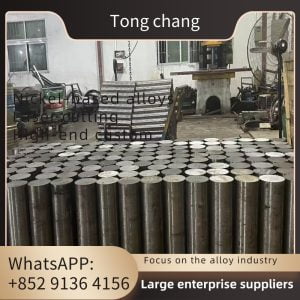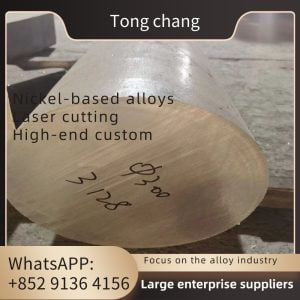| 产品 | 管板,壳管,挡板 | 规格 | EN10025 |
|---|---|---|---|
| 管子材料 | 316L | 尺寸 | 定制 |
| 尺寸 | 根据客户图纸 | 定制: | 可用 |
| 强光 | S235JR Baffle Plate, Customized Baffle Plate | ||
EN 10025-2 S235JR Baffle Plate Used In Heat Exchanger
EN 10025-2 S235JR is a standard for hot-rolled structural steel that specifies the technical delivery conditions for non-alloy structural steels. It is commonly used in construction, machinery manufacturing, and other structural applications.
A baffle plate is a component used in heat exchangers to enhance heat transfer efficiency. It is typically made of a material that has good thermal conductivity, such as stainless steel or carbon steel. The baffle plate is designed to direct the flow of fluids inside the heat exchanger, creating turbulence and increasing the surface area available for heat exchange.
In the context of heat exchangers, the use of EN 10025-2 S235JR steel for baffle plates would provide structural strength and durability while maintaining good thermal conductivity. The specific design and dimensions of the baffle plate would depend on the requirements of the heat exchanger and the desired heat transfer performance.
Why are baffles provided in heat exchangers?
Baffles are used in shell and tube heat exchangers,
- To provide structural support to inner tubes.
- To reduce the mechanical vibration of tubes. This also reduces leakages and failures near tube sheets.
- To direct the shell side fluid in the desired direction over the tubes. This creates turbulence on the shell side.
- To increase heat transfer rate: Due to increased turbulence on the shell side, the convective heat transfer coefficient increases. This results in increased effectiveness of the .
Appilication Of Baffle Plate Used In Heat Exchanger
1. Flow control: Baffle plates are used to direct the flow of fluids within the heat exchanger, ensuring that the fluid passes through the heat transfer surface in a controlled manner. This helps to optimize heat transfer and prevent any bypassing of the fluid.
2. Turbulence enhancement: Baffle plates are designed to create turbulence in the fluid flow, which promotes better heat transfer by increasing the contact between the fluid and the heat transfer surface. The turbulence also helps to break up any boundary layers that may form, improving overall heat transfer efficiency.
3. Preventing vibration and tube damage: Baffle plates are used to support and stabilize the heat transfer tubes within the heat exchanger. They help to prevent excessive tube vibration, which can cause damage and reduce the lifespan of the heat exchanger.
4. Reducing fouling and scaling: Baffle plates can help to minimize fouling and scaling on the heat transfer surface by promoting better fluid mixing and preventing stagnant areas. This improves the heat exchanger's performance and reduces the need for frequent cleaning and maintenance.
5. Enhancing heat transfer in multiphase applications: Baffle plates are often used in heat exchangers that handle multiphase fluids, such as condensers or evaporators. They help to separate the different phases and ensure efficient heat transfer between them.
Overall, baffle plates play a crucial role in optimizing heat transfer and improving the performance of heat exchangers in various applications, including power plants, chemical processing, refrigeration systems, and oil refineries.






